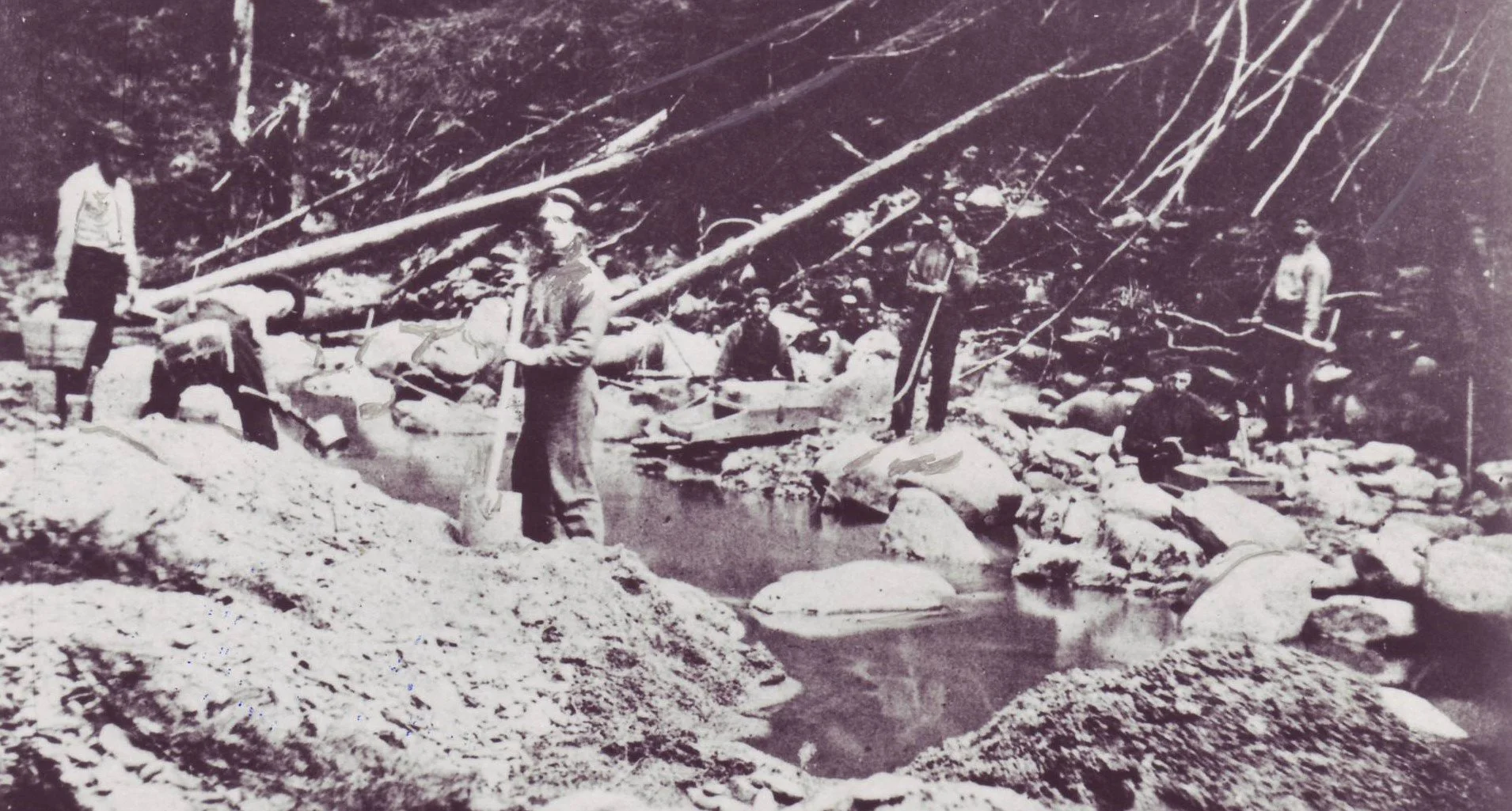It's not a very big book: half an inch thick, yes, but only 4 1/2 inches wide by less than six inches deep, and the type covers only 3 1/2 x 4 3/4 inches. It really is a pocket book.
But, proving that good things can sometimes come in small packages, there's a lot of great content in Chinook Days' 200 pages, 1000 copies of which were published in 1926 by the Vancouver Sun as a souvenir for the opening of the Grouse Mountain Highway.
An online dealer describes it thus: “This book includes a variety of [MacInnes'] writings, such as historical recollections, legends, and poems, that relate to the cultures of British Columbia and Canada at the time of the Klondike Gold Rush.”
The last time I checked online, original copies were priced at $43.00 U.S. and $45.00 U.S. (shipping included) respectively. Let's say, $60.00 Canadian, delivered to your door.
I've wanted to write something about this author and give a sampling of his singular approach to B.C. history for quite some time. So, in next week’s Chronicles, I’m going to introduce you to Thomas Robert Edward McInnes. Note the 'Mc' not 'Mac,' the latter being an affectation he chose later in life.
While I’m at it, I’ll let MacInnes tell you, in his own words, the colourful story of once-legendary Vancouver Island woodsman Mike King.
*******
PHOTO: Among the many subjects that MacInnes chose to write about was bigger-then-life woodsman Mike King. —Chinook Days
Read More



















